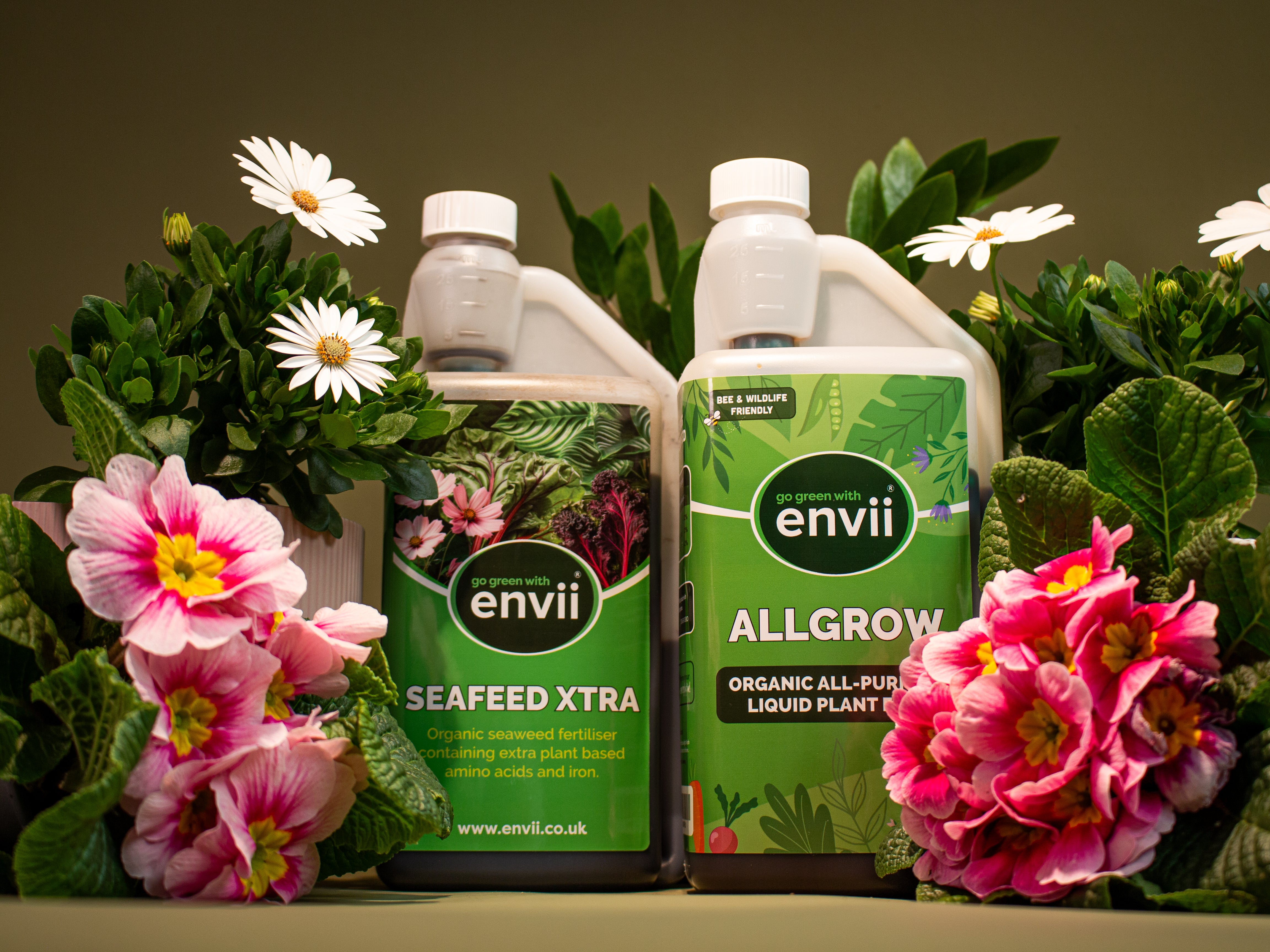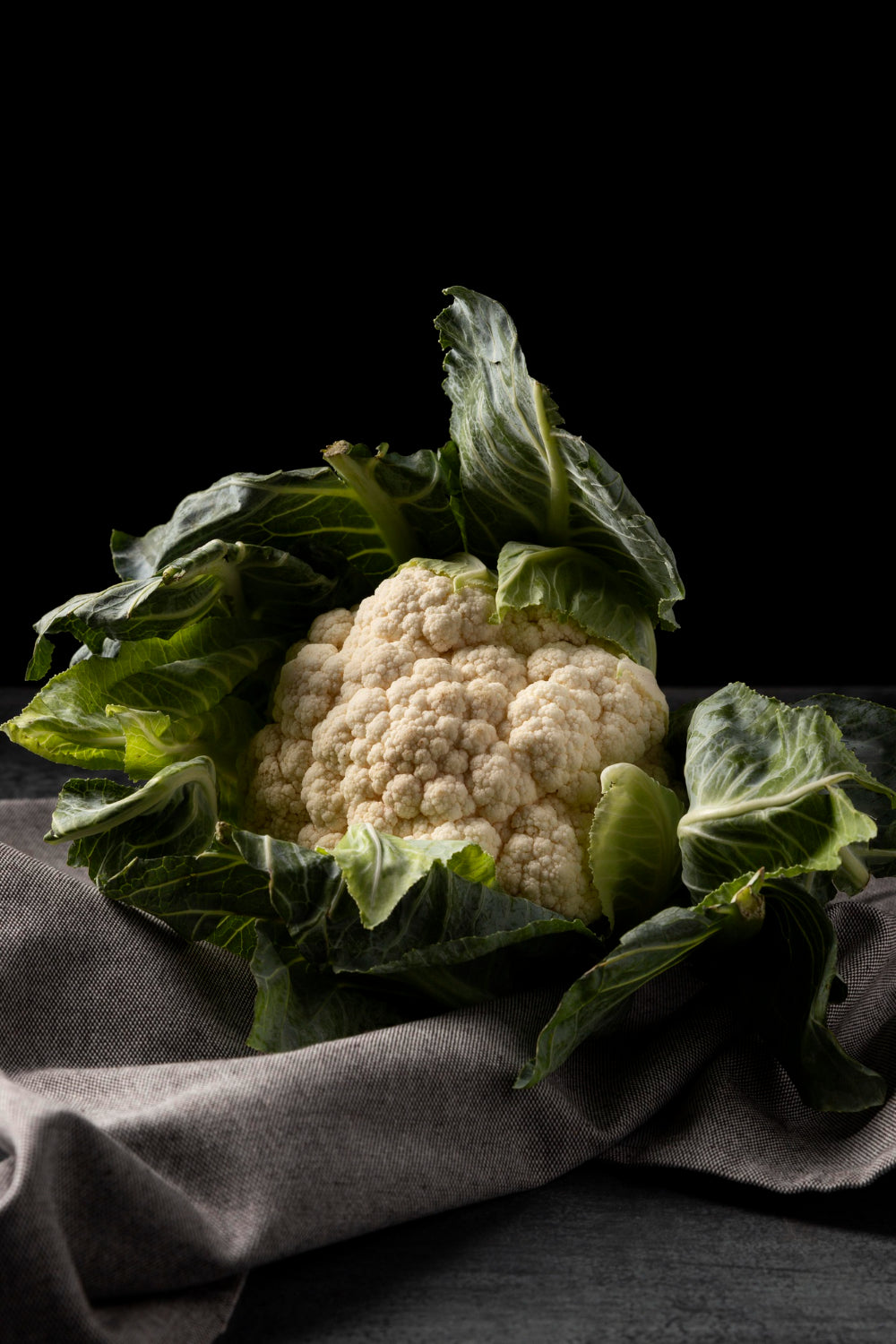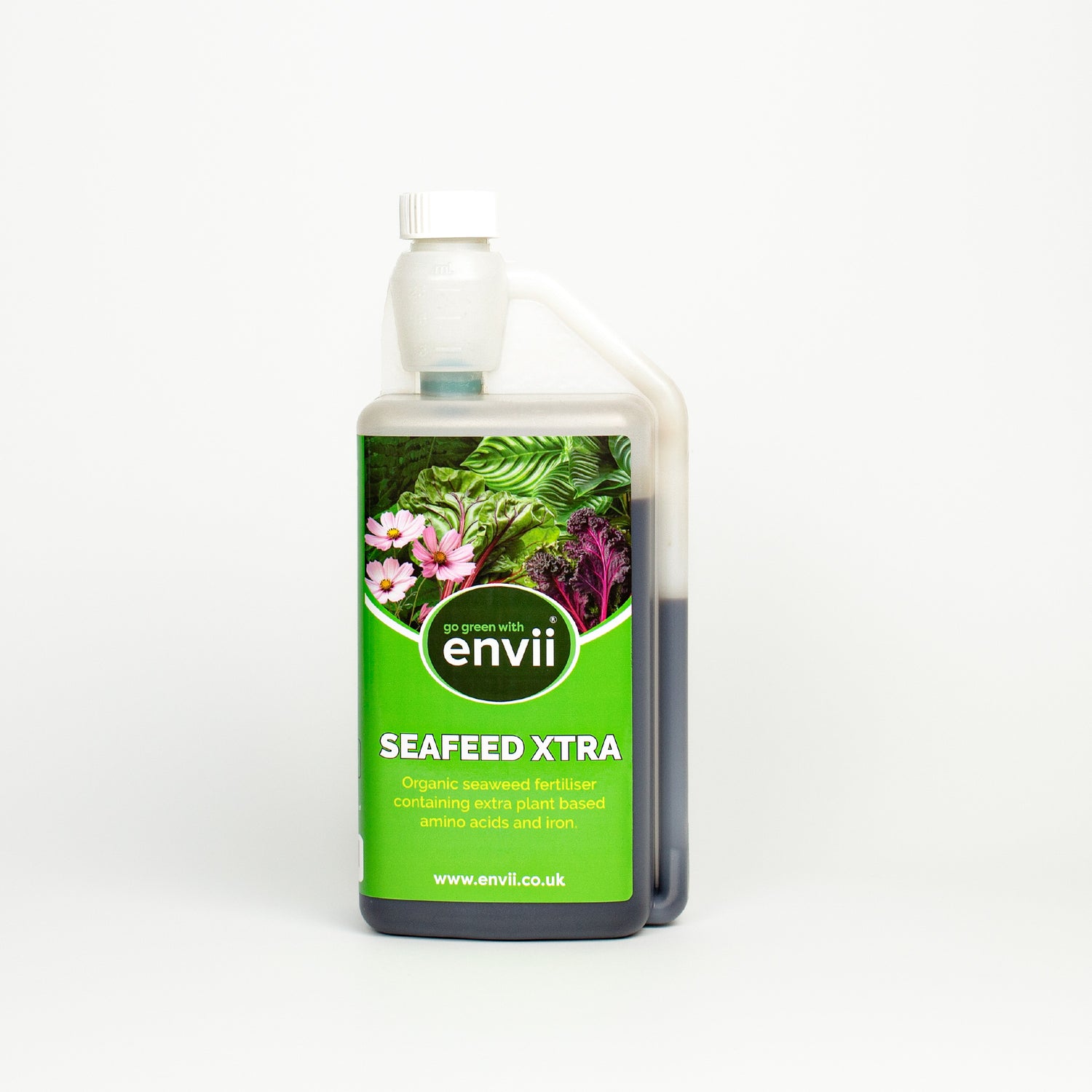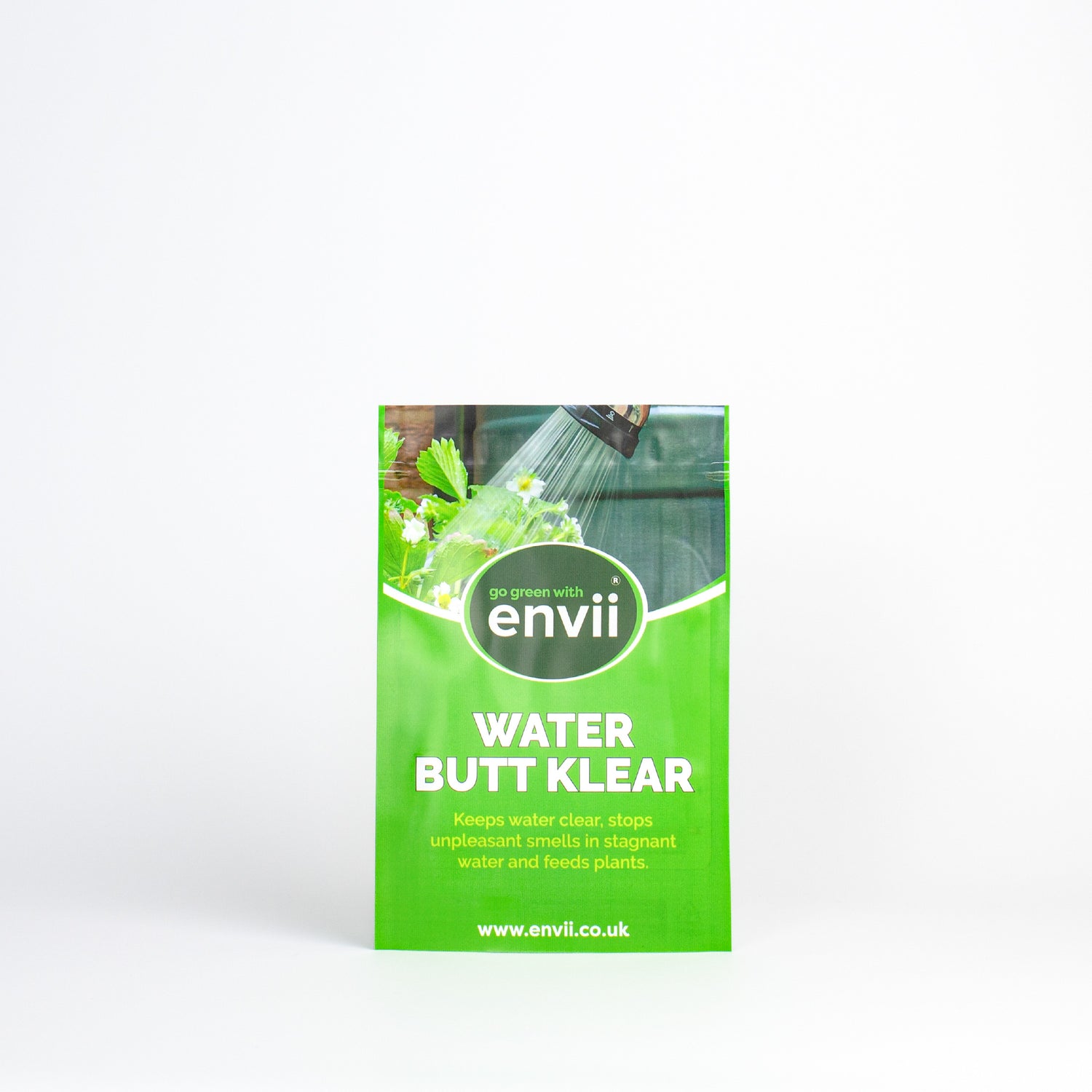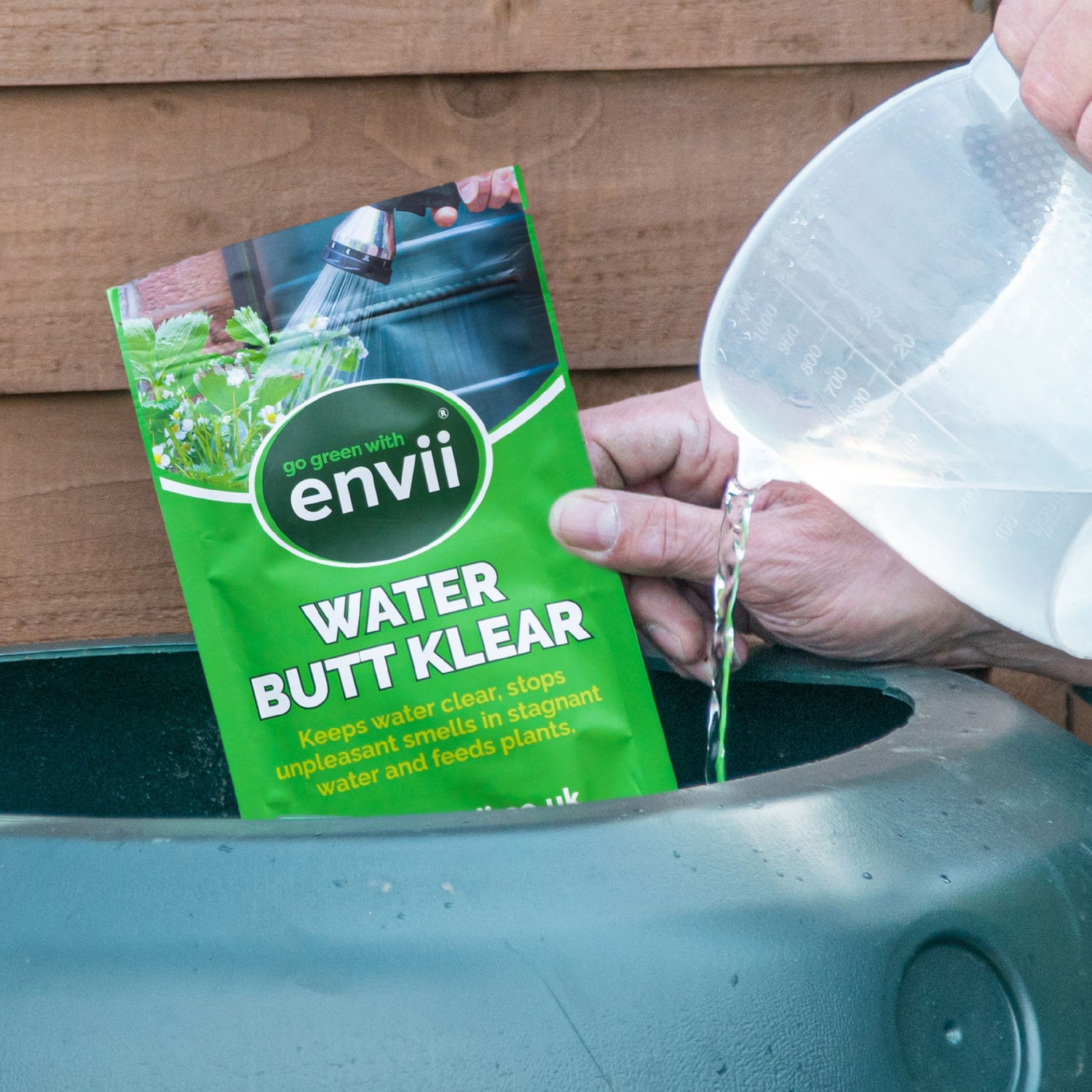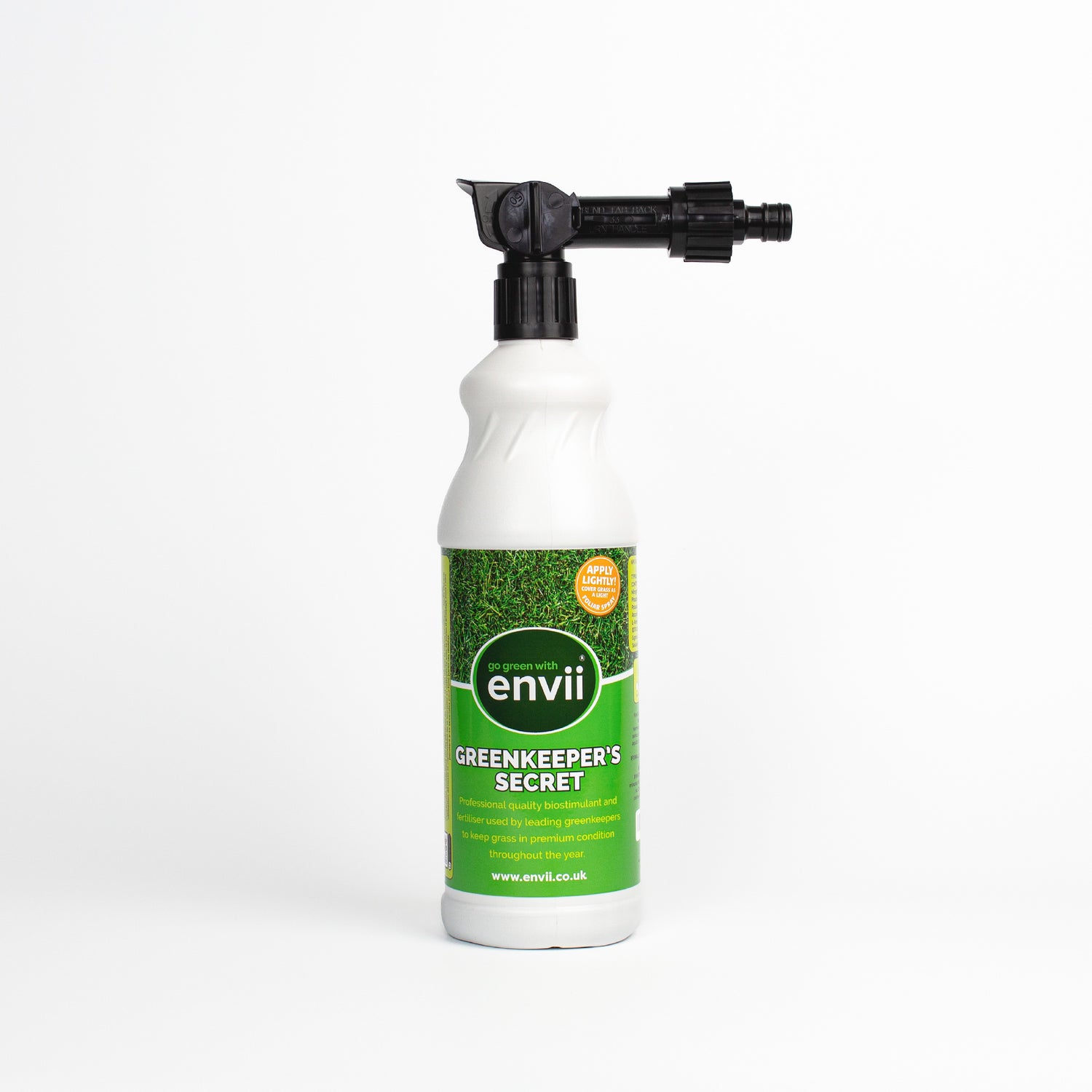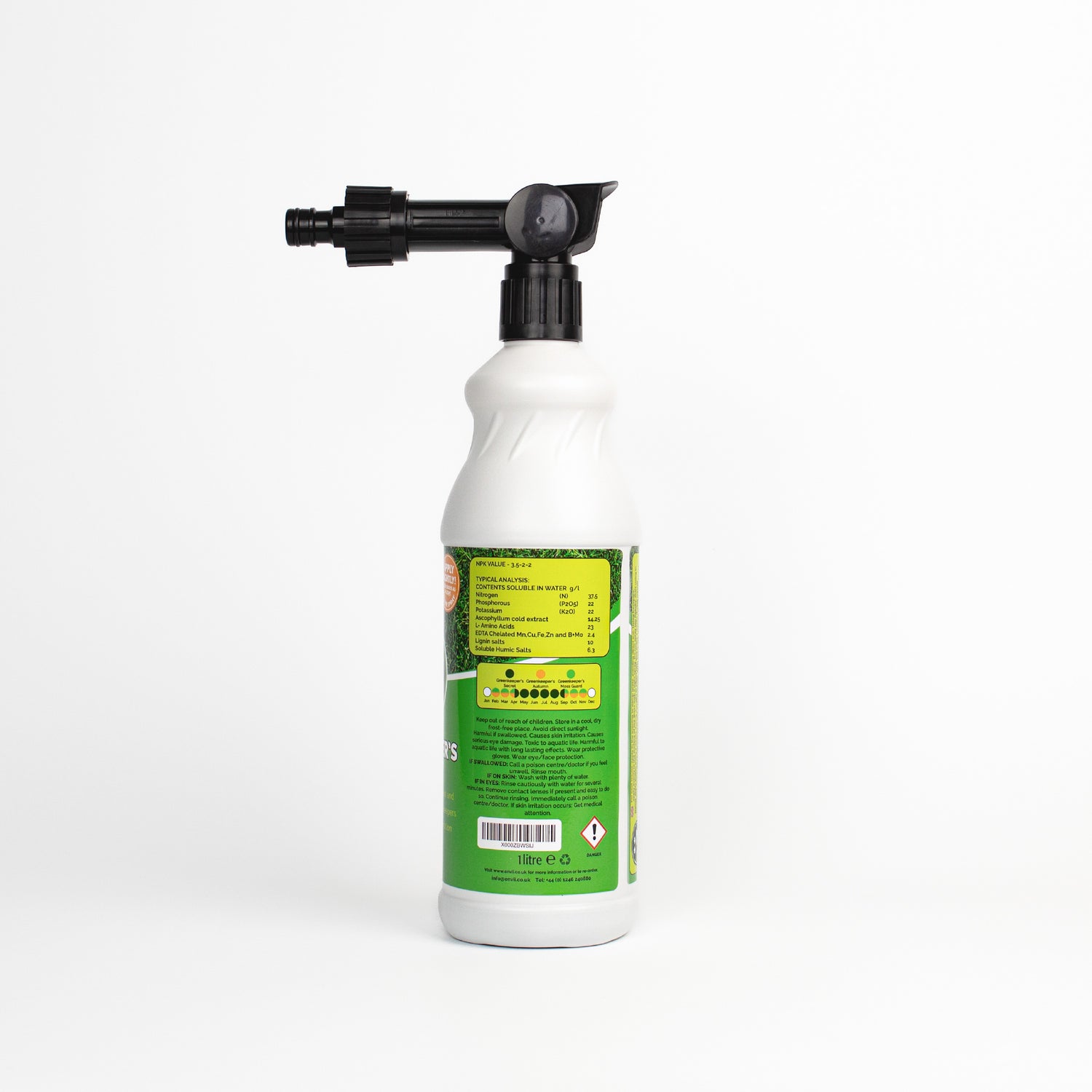Cauliflower is a Top Crop
Packed with a wide range of nutrients, it's no wonder cauliflower is considered a superfood. Better yet, it explains why it is such a popular commercial and home-grown crop.
There aren’t many things to be sown in autumn. However, this hardy and versatile vegetable has a small range of varieties that can be specifically sown at this time of year to produce early and late spring harvests.
Late season varieties provide all the superfood qualities of cauliflower. By improving kidney function and boosting brain development, they’re definitely one to grow!
Read on to discover more about how to sow cauliflower in autumn…
Cauliflower Seeds to Sow in October
-
Gypsy
Gypsy cauliflowers are dynamic. They can be sown in both spring and autumn. Meaning they can tolerate a wide range of environmental conditions, one of which is less fertile soil. While they can tolerate less fertile soil, this would not be ideal for best results. Although when to sow this variety is completely up to you!
-
Orkney
If you want an early spring crop, then Orkney is the cauliflower to go with. This is considered a great alternative to the Mayflower variety, known for producing the earliest harvesting cauliflower crop. Orkney cauliflowers are excellent to grow for a continuous crop of large curd heads.
-
“All Year Round” (pictured left)
Don’t be mistaken by the name of this variety of cauliflower. They aren’t quite ‘all year round’, hence the quotation marks. However, they are suitable for sowing between September and October. They cope well in a range of conditions and produce a decently sized cauliflower head.
How to Sow Cauliflower in Autumn
Sow seeds in deep, nutrient-rich soil with a good level of moisture retention. Maintain soil moisture throughout the life of the cauliflower plant. This is crucial to prevent stunting its growth. You don’t want to be disappointed because your crops are producing small heads.
Luckily, watering cauliflower plants is easier in autumn/winter with increased rainfall.
The seeds should ideally be sown into modular trays at a depth of 1 ½ cm. Then covered with a fine layer of compost, (in rows of about 15 cm apart if sown directly into the ground). If sowing directly into the soil, space out seedlings to leave about 8cm between plants.
Finally, to reduce the amount of root disturbance, transplant the cauliflowers to their permanent growing positions once 5 to 6 leaves can be observed on the plant.
Sowing in modular trays is beneficial to help establish the cauliflower seeds. It makes them stronger as young plants, building resistance to garden pests and diseases.
Share
